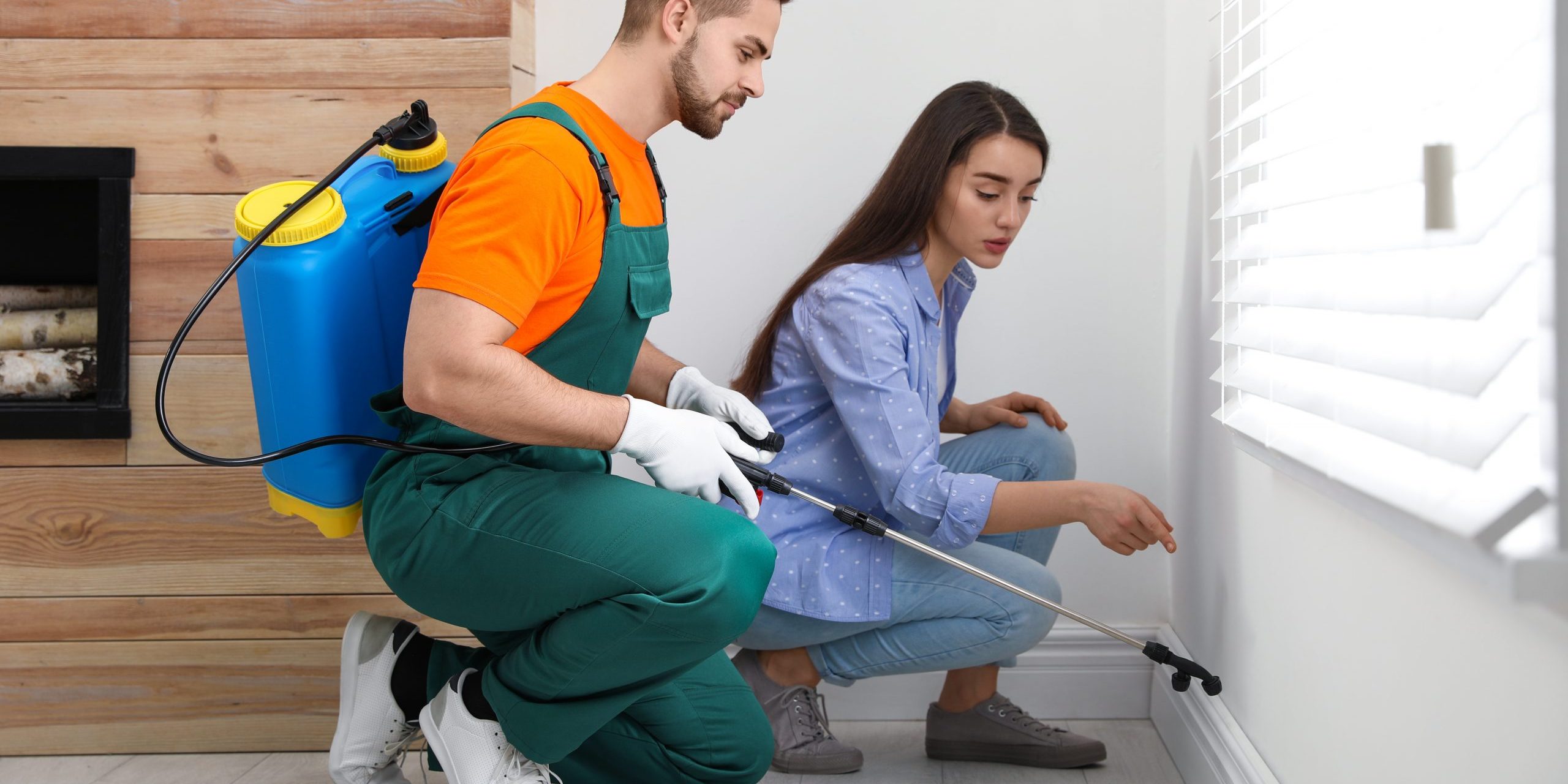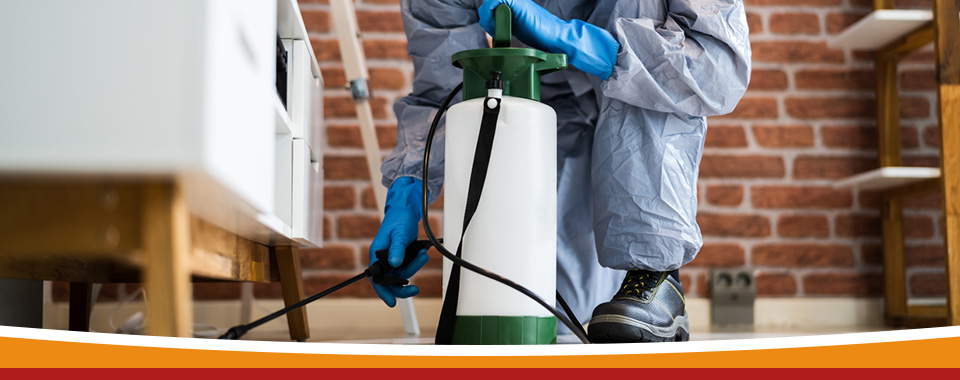Proven Bed Bug Heat Treatment: Get Rid Of Bed Bugs with Heat!
Proven Bed Bug Heat Treatment: Get Rid Of Bed Bugs with Heat!
Blog Article
Expert Pest Control Techniques for Long-Term Outcomes
Professional insect control techniques encapsulate a comprehensive approach that begins with a detailed inspection and assessment, complied with by exact bug recognition to recognize their actions patterns. The execution of Integrated Pest Administration (IPM) concepts, coupled with eco-conscious treatments, develops the keystone of lasting parasite eradication.
Evaluation and Evaluation
Upon going into a residential or commercial property for parasite control solutions, the preliminary action is a complete examination and analysis to determine the degree of the invasion and identify the most reliable treatment plan. Specialist bug control service technicians are trained to meticulously check out the facilities, trying to find signs of pest task such as droppings, munch marks, nests, or any type of structural damage. They will certainly likewise assess the problems that might be attracting parasites, such as food resources, water leaks, or access factors.

Pest Recognition and Behavior

In addition, understanding the behavior of the identified pest is key to implementing effective control measures. Knowing where insects nest, what they feed on, and their activity patterns can help pest control experts devise strategies to eliminate them efficiently. Some pests may be nighttime, while others are extra energetic throughout the day. This understanding enables for the application of treatments at optimum times for optimum efficiency.
Integrated Insect Monitoring (IPM)
Integrated Insect Monitoring (IPM) strategies incorporate multiple methods to control and stop pest invasions in a sustainable and ecologically friendly way. bed bug exterminator. By integrating techniques such as organic control, habitat control, modification of cultural techniques, and making use of immune selections, IPM intends to minimize using chemical pesticides
Among the essential concepts of IPM is the emphasis on prevention. This positive strategy involves tracking pest populations routinely to find any prospective concerns before they intensify. By determining bug troubles early on, pest control steps can be carried out promptly and effectively.
Additionally, IPM advertises the usage of non-toxic bug control approaches whenever possible. This can include utilizing natural predators of the bugs, presenting advantageous bugs, or utilizing pheromones to interfere with breeding patterns. By lowering reliance on chemical pesticides, IPM not only protects the environment but also assists preserve a balance in the environment.
Environmentally-Friendly Therapies
Executing eco-conscious techniques in parasite control procedures can efficiently attend to invasions while focusing on ecological sustainability. Environmentally-friendly therapies concentrate on lessening the effect of insect control techniques on environments, non-target microorganisms, and human health and wellness. These techniques commonly involve find out this here the use of natural predators, such as ladybugs or nematodes, to control pest populations, reducing the requirement for chemical interventions. Furthermore, strategies like environment adjustment, such as adjusting moisture levels or removing food sources, can aid hinder parasites without making use of hazardous materials.
An additional secret aspect of environmentally-friendly therapies is using natural and eco-friendly items that break down swiftly without leaving damaging residues in the setting. Organic pesticides derived from plants like chrysanthemums or neem use effective parasite control while presenting marginal danger to non-target varieties. Additionally, utilizing approaches like heat therapies or scent traps can target certain pests with precision, minimizing the total environmental effect of parasite control practices.
Recurring Surveillance and Maintenance
Regular security and maintenance are important elements of efficient bug control monitoring. Ongoing monitoring plays a vital duty in ensuring that pest infestations are discovered early and taken care of without delay. Normal inspections by trained professionals are necessary to identify any indications of insect task, examine the efficiency of previous treatments, and make modifications to the bug control plan as needed. By checking bug fumigation populaces in time, bug control professionals can track patterns, anticipate possible concerns, and carry out precautionary procedures to reduce the risk of future infestations.
Along with tracking, upkeep techniques are crucial for long-lasting pest control success. This includes applying appropriate hygiene measures to get rid of possible food and water sources for insects, sealing off access indicate prevent parasites from going into the premises, and addressing any architectural issues that could facilitate insect problems (bed bug treatment). By incorporating recurring monitoring and upkeep into an incorporated insect administration strategy, organizations can ensure a petsathome pest-free atmosphere and protect their property versus pricey damages and wellness dangers
Final Thought
Finally, using expert insect control techniques such as comprehensive evaluation and assessment, accurate parasite recognition and understanding of their habits, integrated pest monitoring approaches, environmentally-friendly therapies, and continuous monitoring and upkeep are necessary for accomplishing long-lasting results in parasite control. By applying these techniques, individuals can effectively take care of parasite invasions and preserve a pest-free environment in a lasting fashion.
Report this page